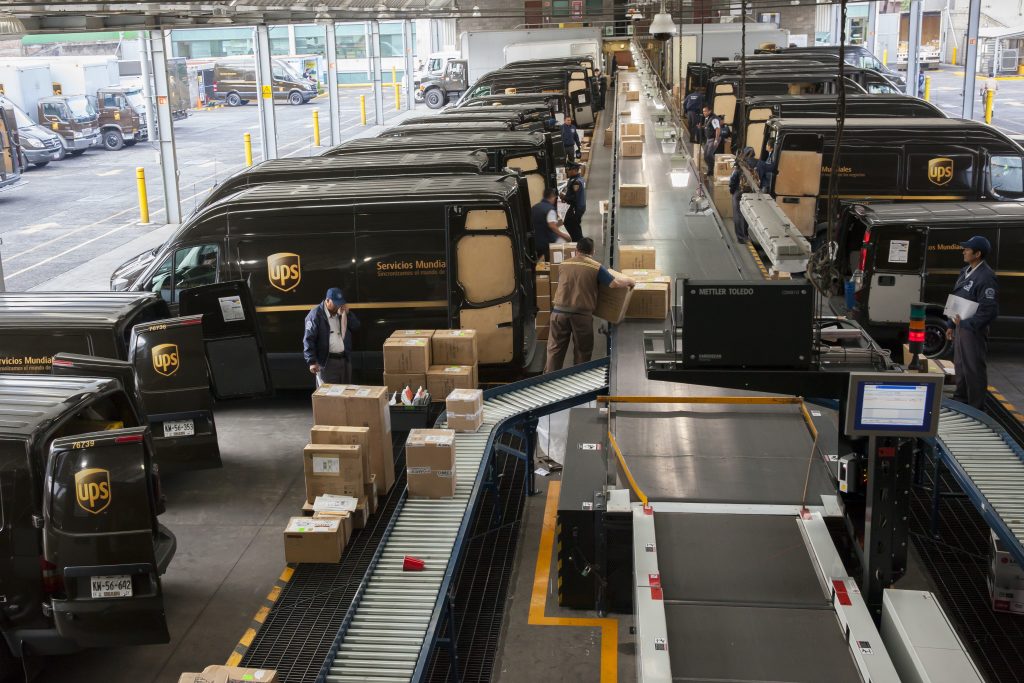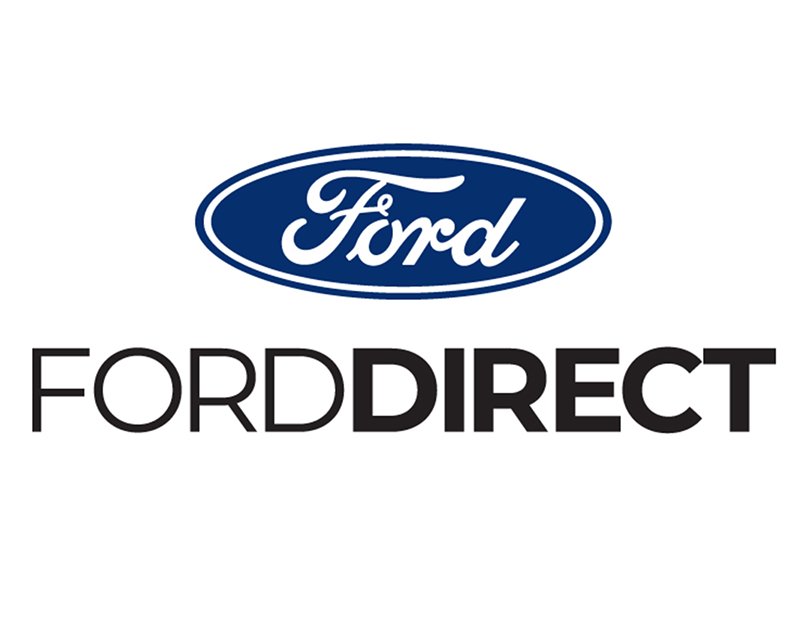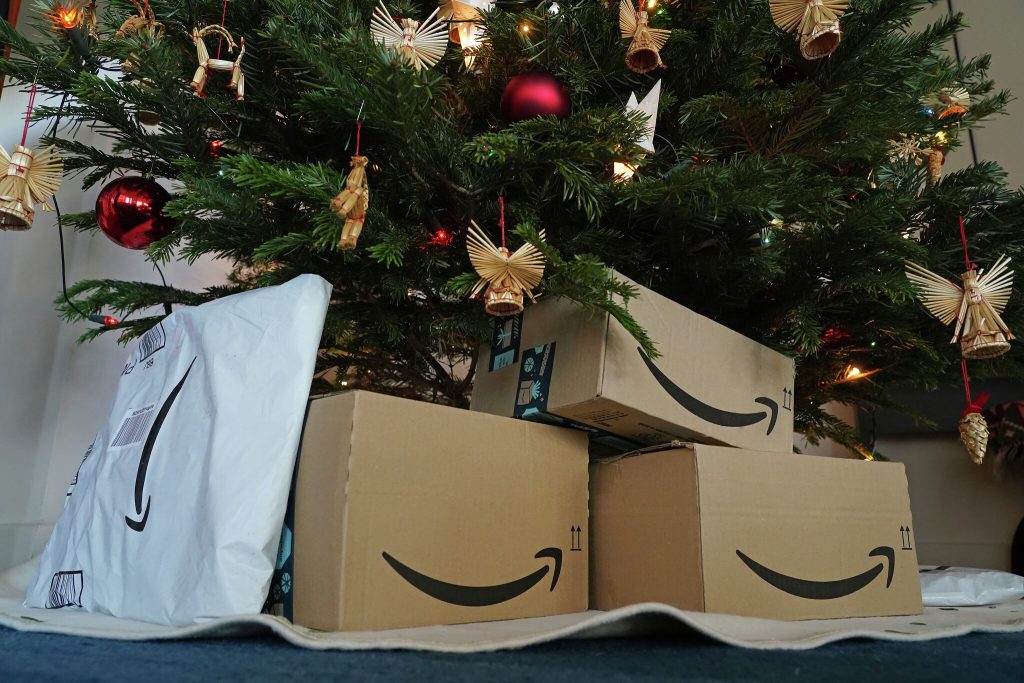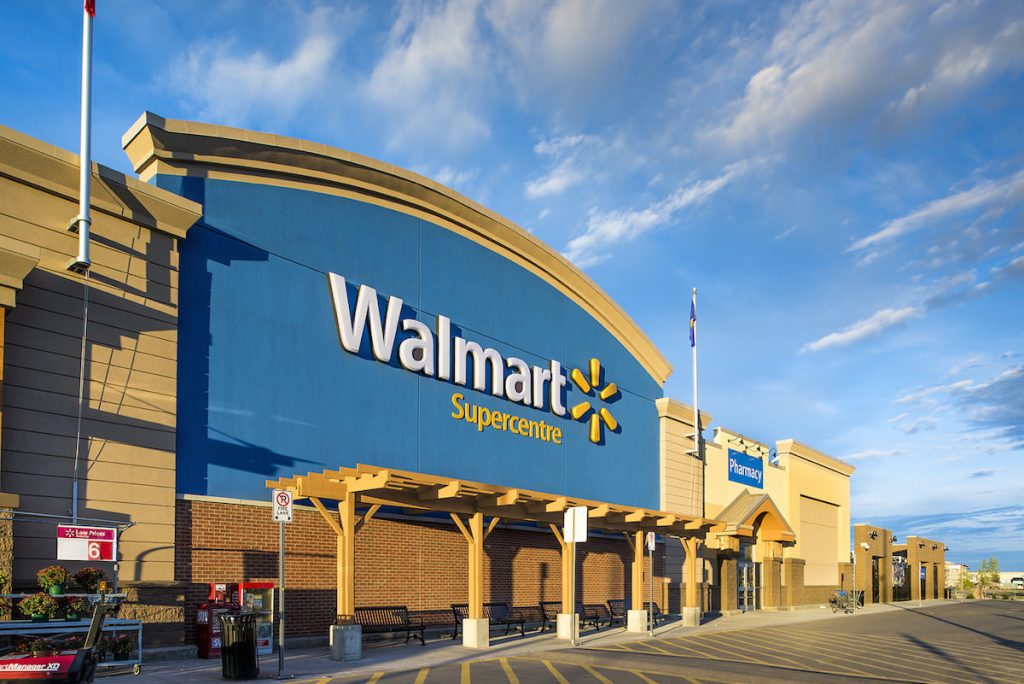 Funding for B2B marketplaces dropped significantly in 2023, totaling $700 million compared to more than $2 billion in 2022, according to Applico LLC’s third annual B2B marketplace rankings. In addition to less venture capital fueling B2B marketplace investment, the number of deals reached a five-year low, totaling just 23 for 2023, a 40% dip from the previous year.
Funding for B2B marketplaces dropped significantly in 2023, totaling $700 million compared to more than $2 billion in 2022, according to Applico LLC’s third annual B2B marketplace rankings. In addition to less venture capital fueling B2B marketplace investment, the number of deals reached a five-year low, totaling just 23 for 2023, a 40% dip from the previous year.
According to the report, there are a few notable names from the 2023 list that close their doors while others, like Indigo Ag, made big pivots and raised at a 94% discount compared to its prior $3.5B valuation.
One marketplace that received funding is Faire, which connects independent retailers with emerging brands. Last September, Shopify Inc. invested an undisclosed sum in Faire as part of a partnership in which the marketplace would adopt Shopify technology for its clients. At the time, Faire, which was founded in 2017, was valued at $12.5 billion. Faire occupies the top spot in Applico rankings for B2B marketplaces.
At the time the deal was announced, Shopify’s director of product Aneeqa Khan, said the partnership would make it easy for Shopify merchants to find wholesale buyers and enable retailers to source from Faire’s network of brands.
The United States is Faire’s biggest market, while Europe is its fastest-growing market. Faire launched in 15 European countries in 2021. Faire, which focuses on independent businesses, says that its marketplace offers small retailers, many of which are looking to source less widely available products, a way to differentiate themselves online and offline.
Another trend to emerge is the continued convergence of software-as-a-service-based technology into B2B marketplaces platforms, according to Applico. For example, Acculynx, which ranks number two on Applico’s list of B2B marketplaces, started out as a provider of a SaaS-based business management app for roofing contractors. Acculynx evolved into a B2B marketplace “after building a dominant market position on the demand side,” and eventually “began charging a take rate to distributors,” according to the report. It is the first time Acculynx has appeared in Applico’s rankings,
Third-ranked GrubMarket Inc. is another marketplace embracing SaaS technology. GrubMarket initially began as a B2B marketplace and then added a SaaS product to lock in buyers and generate recurring revenue.
Rounding out the Top 10 in Applico’s rankings are Joor (#4), another SaaS company that built an online B2B Marketplace, Farmer’s Business Network (#5), Leaflink (#6), Vetcove Inc. (#7), Partstrader (#8), Provi Inc. (#9), and Material Bank (#10).
 UPS revenue declined in Q4 and 2023. The carrier says the planned job cuts will generate $1 billion in savings in 2024.
UPS revenue declined in Q4 and 2023. The carrier says the planned job cuts will generate $1 billion in savings in 2024. Customers of Fastenal Co. want more flexibility to order via multiple digital channels including a self-service web shop, vending machines and vendor-managed inventory systems. The industrial and construction supplies distributor says it will continue on its course of expanding its digital sales capabilities.
Customers of Fastenal Co. want more flexibility to order via multiple digital channels including a self-service web shop, vending machines and vendor-managed inventory systems. The industrial and construction supplies distributor says it will continue on its course of expanding its digital sales capabilities.





